Cat Heatstroke: How to Keep Your Pet Safe
With summer in full swing, it’s more important than ever to make sure you protect your pets from heatstroke. Although heatstroke is somewhat more common in dogs than in cats, this condition can still affect cats too. Learning how to keep your cat safe from heatstroke is crucial for your pet’s safety.
Tips for Protecting Your Cat from Heatstroke
Below, you’ll find a list of tips to keep in mind when protecting your cat from heatstroke. You can use this guide to set up the proper space for your cat during hot weather and help keep her safe and secure during high temperatures, too.
Stay Inside
When it’s hot outside, keep your cat indoors—no matter what! Although it is always safest to keep your cat indoors all the time, some households still have cats who go outside now and then. If your cat typically goes outside when she wants to, plan to keep her in when the temperatures climb too high.
Some cats may cry at the door to be let out on a hot day, but it is best to try to ignore this behavior. The longer you ignore it, the easier it will be for your cat to realize she has to stay inside.
Keep it Cool
If possible, keep the air conditioning running in your home at a comfortable level. Don’t overdo it, as this can cause your AC unit to freeze up (and is also bad for the environment). Just keep it cool enough that you and your pets will not be at risk of heatstroke in your own home.
If you do not have an air conditioner, invest in some fans instead. A window air unit may also be a good idea, especially if you live in a climate that does not have too many hot days out of the year.
Provide Water
Although it may go without saying, make sure your cat has enough clean, cool water to drink throughout the day. Refresh her water at least a few times per day so she always has a fresh drinking option.
Cats are notoriously bad at not drinking enough water, so you may need to supplement your cat’s fluid intake with some wet food during the hot months. You can also purchase cat-safe “broths” to serve on their own or pour over your cat’s dry food instead.
Don’t Overdo Activity
Even if your cat is young and active, don’t push it when it comes to activity levels on a hot day. Encourage your cat to relax and take it easy when the weather is hot. Most cats will gladly sleep all day in high temperatures, but some may want to play and burn off energy no matter what.
If you have an overweight cat who needs a little playtime every day for exercise, provide this at night or in the early morning before it gets very hot outside. Otherwise, skip playtime for a few days until the temperatures cool down again.
Move Resting Spots
Many cats enjoy napping on windowsills or patches of sunlight on the floor. However, on a hot day, it is unsafe for a cat to fall asleep in a place like this. The additional heat of the sunlight may contribute to panting and risk of heatstroke in your pet.
Try moving your cat’s favorite resting spots to another location in your home during hot weather. If she has a bed or blanket she likes to sleep on, place it somewhere cool and away from any sunlight or windows. She may not be happy about this change at first, but she will likely get used to the new napping place.
No Vehicles
Most importantly, do not take your cat in a vehicle on a hot day—or even on a day that feels mild to you. Cats must be kept in carriers when they travel in vehicles, and these carriers can become very hot, very fast, even with the air conditioner on in the car.
If you must travel with your cat on a hot day, keep the air on as high as possible and try to position the carrier out of the sunlight. Never leave your cat unattended in a vehicle for any length of time.
See an Emergency Vet for Cat Heatstroke
With the help of this information, you should be well on your way to protecting your cat and keeping the risk of heatstroke low. Pay close attention to your cat’s health and overall condition during high temperatures to make sure she isn’t showing signs of heatstroke.
If you suspect your cat may be experiencing heatstroke, or if you know she is, take her to the emergency vet right away. This condition can become severe very quickly, especially if it leads to significant dehydration. Prompt vet care will help your pet recover from heatstroke in all but the most severe of cases.
For more information on this condition, contact 24/7 Local Veterinarian by calling one of our locations. All of our locations are open 24 hours, including weekends and holidays. We understand how serious cat heatstroke is, and we’ll help get to the bottom of what’s causing it to be able to provide the best treatment option.
Contact with your local vet for the best advise
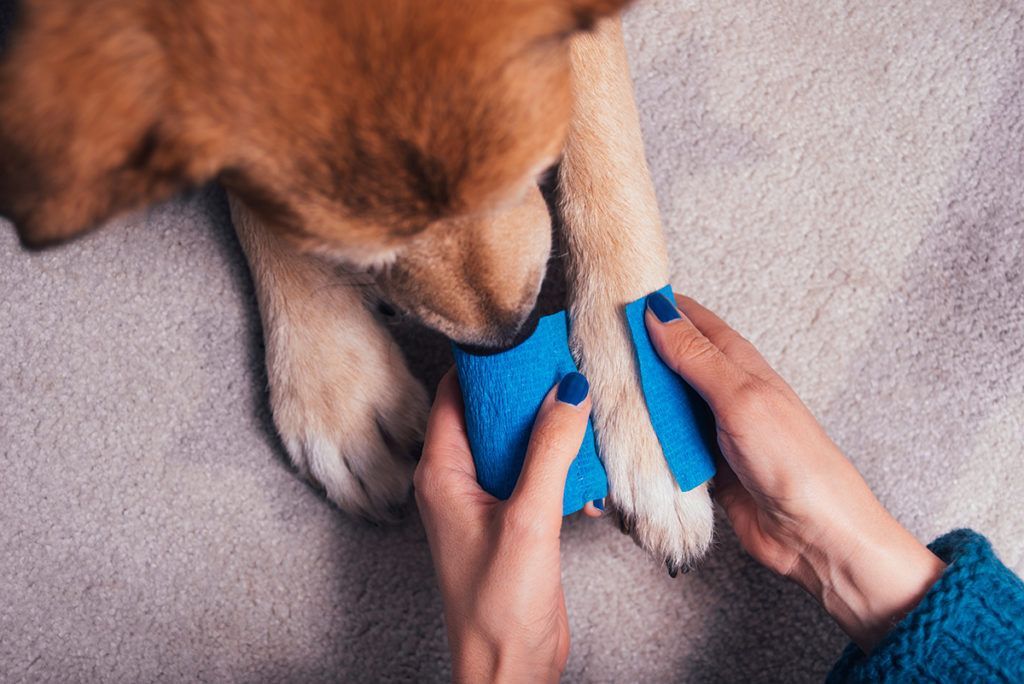
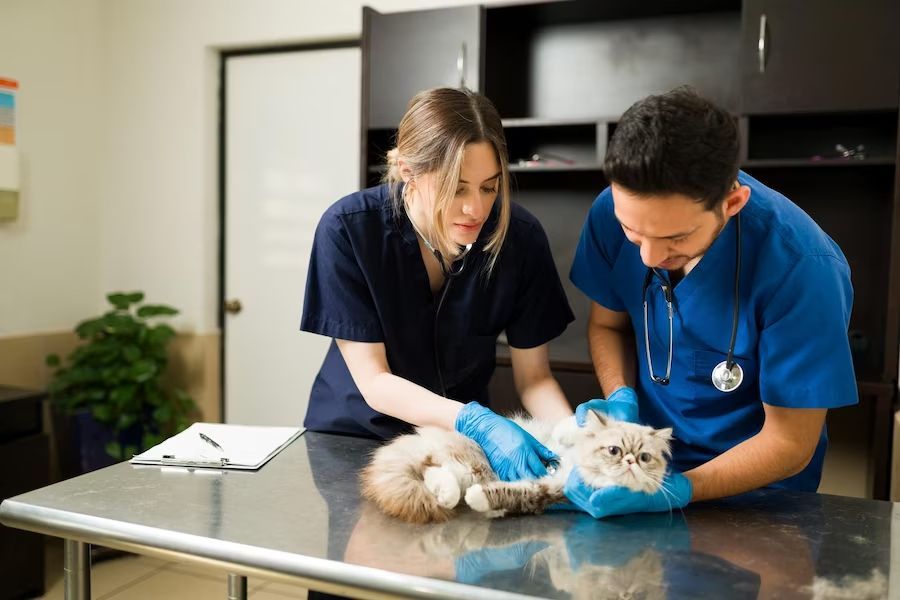
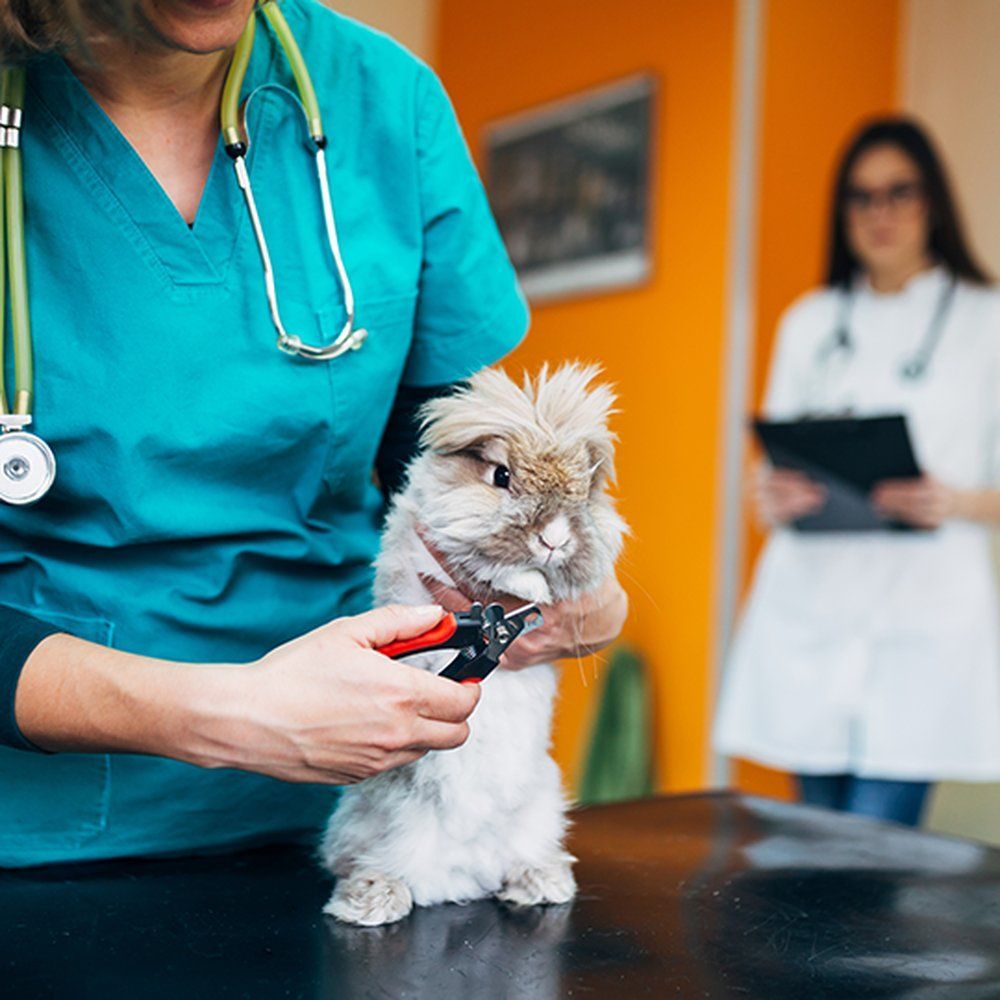
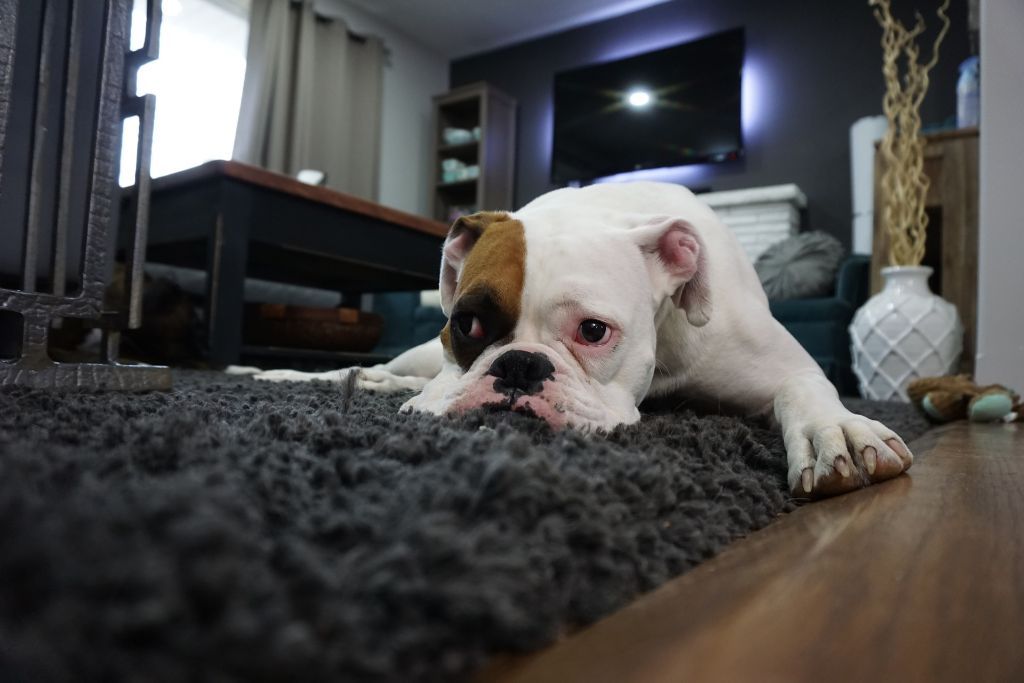
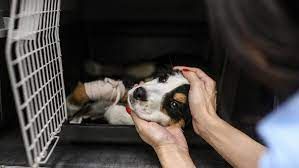
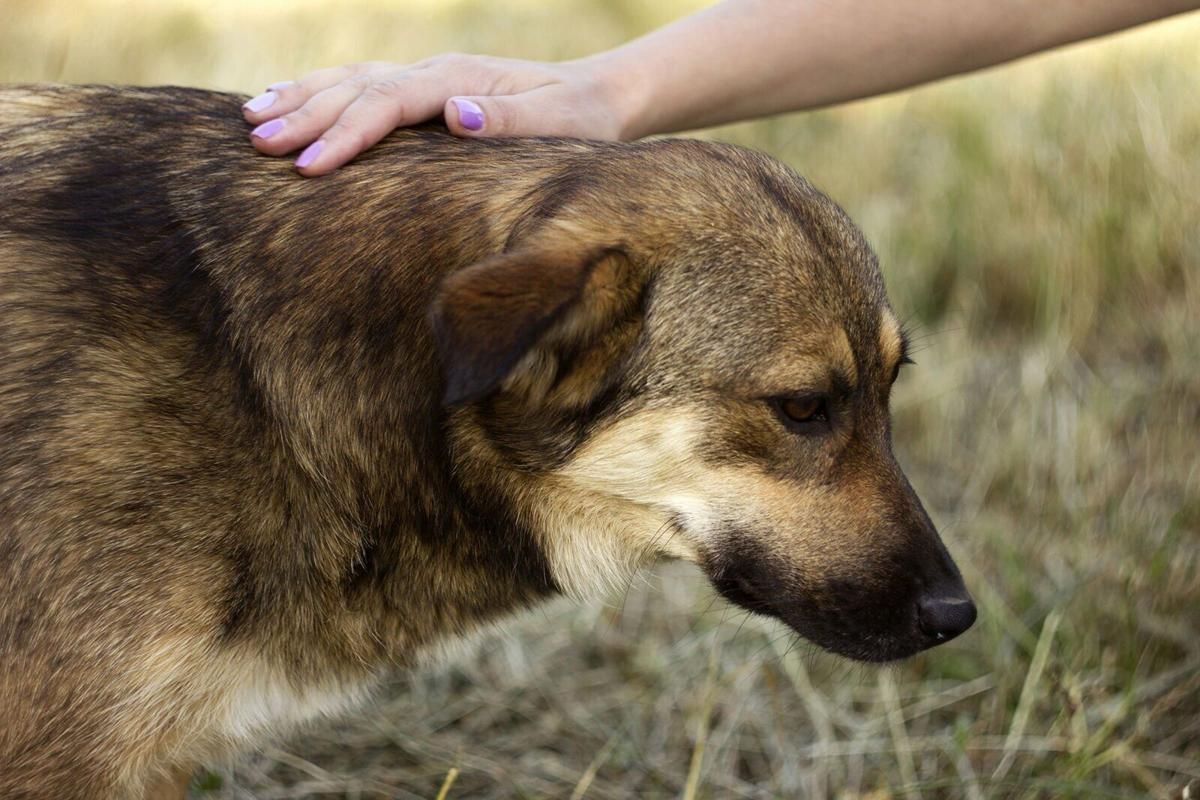
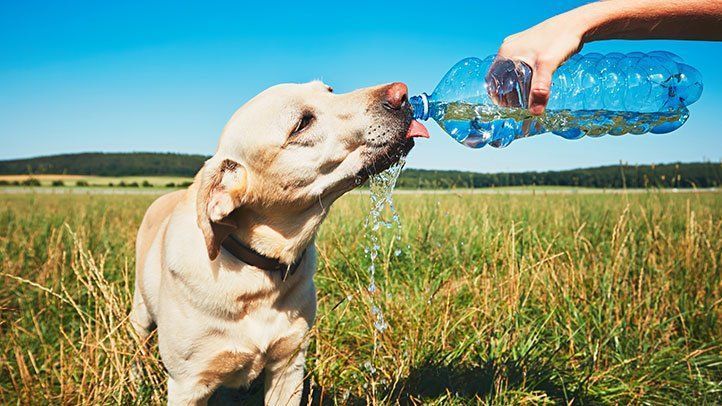
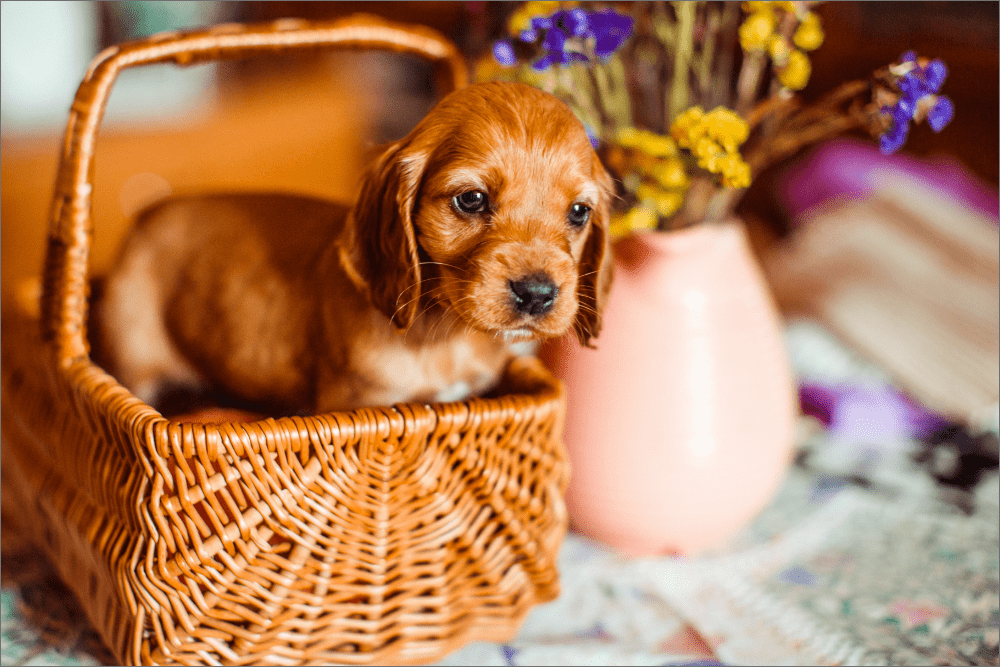
Resource Center




24/7 Local Veterinarian is a Veterinarians referral service. We connect you with Veterinarians in your area. All Veterinarians are operated independently of 24/7 Local Veterinarian. It is the responsibility of each user to verify that the Veterinarian connected with meets all licensing and insurance requirements in that jurisdiction.
Photos on 24/7 Local Veterinarian are for design purposes only and do not represent the vets services in your area.
Services will not be available in all areas, and when services are available, they may vary depending on providers available.

